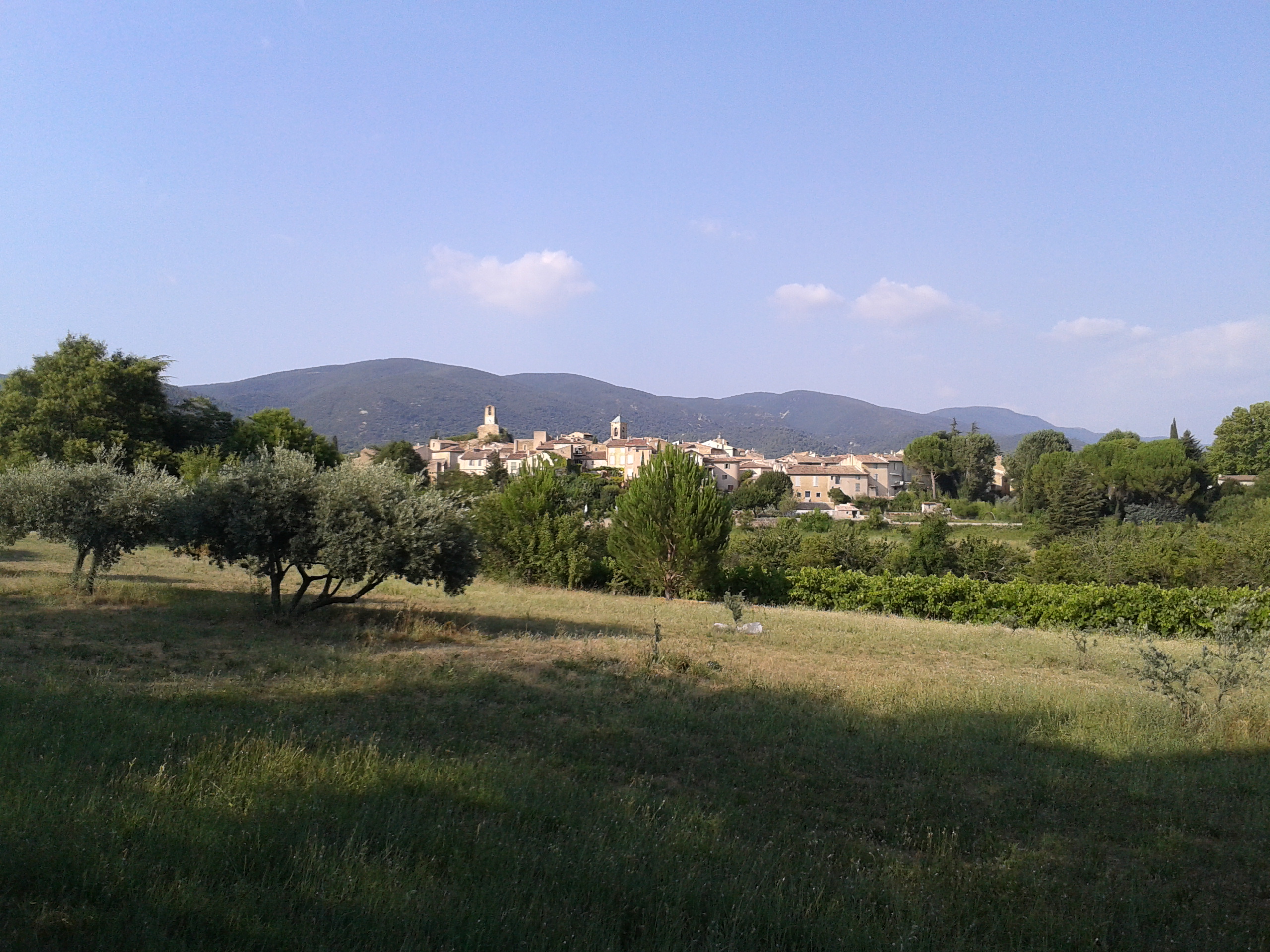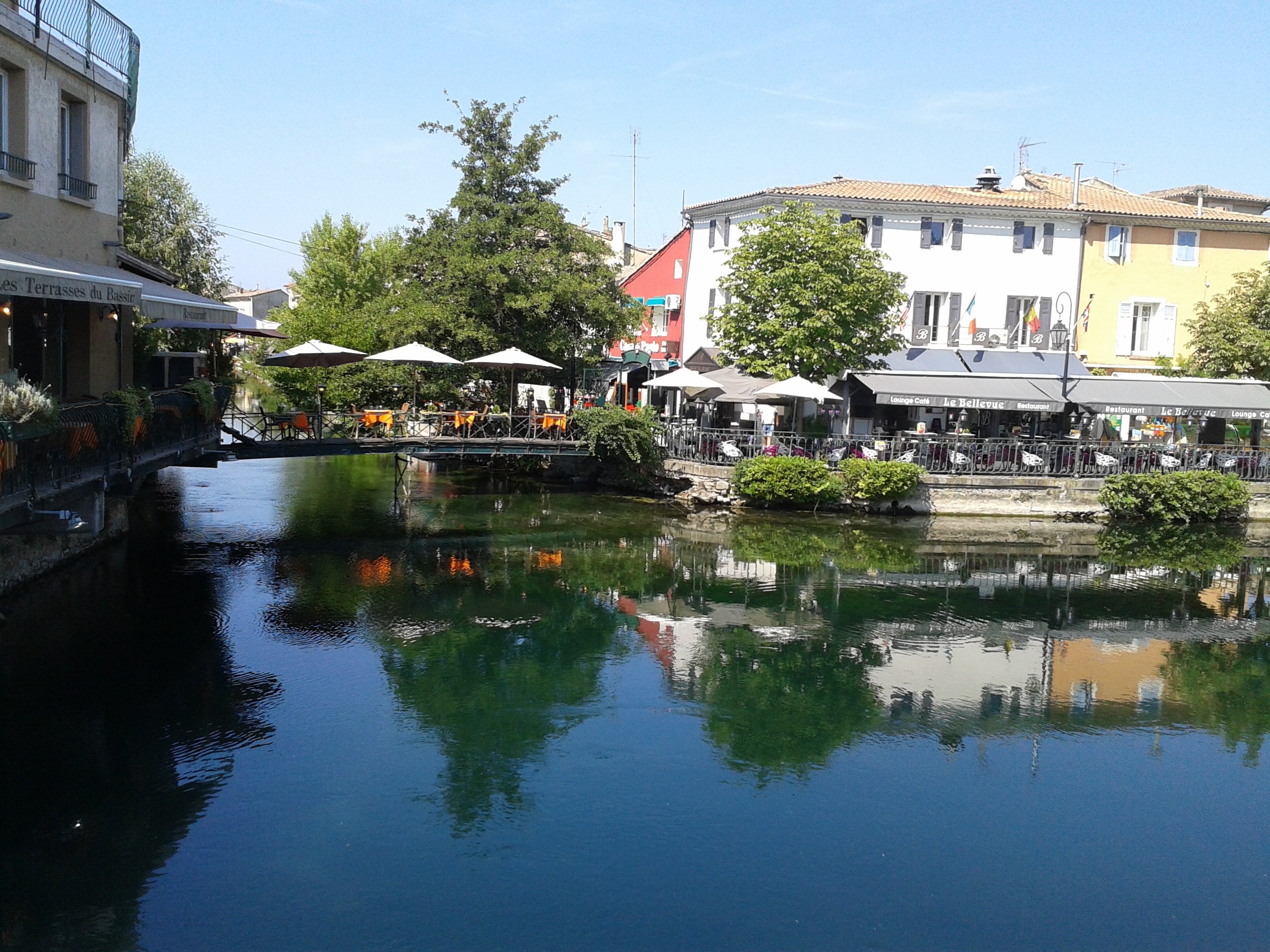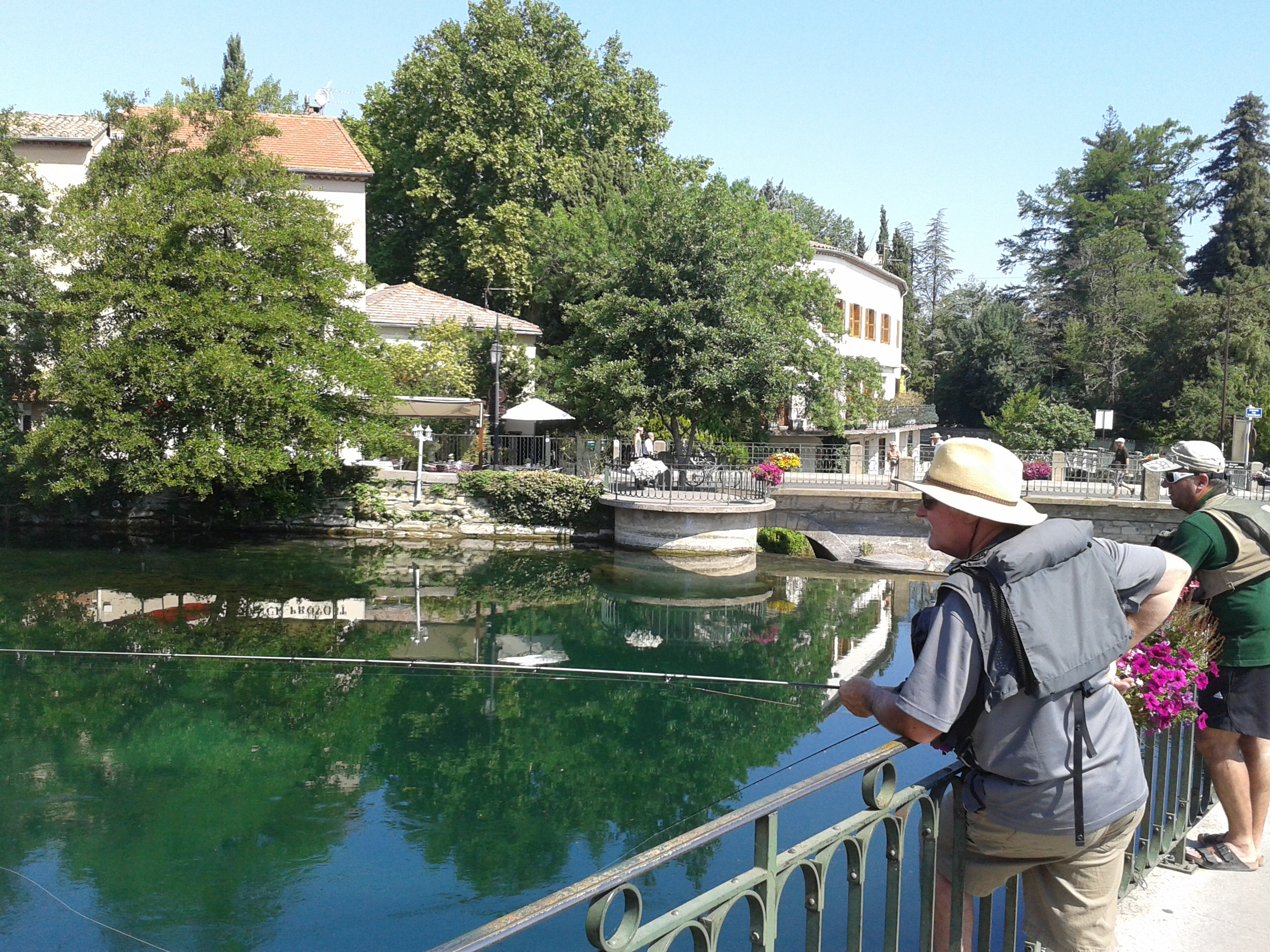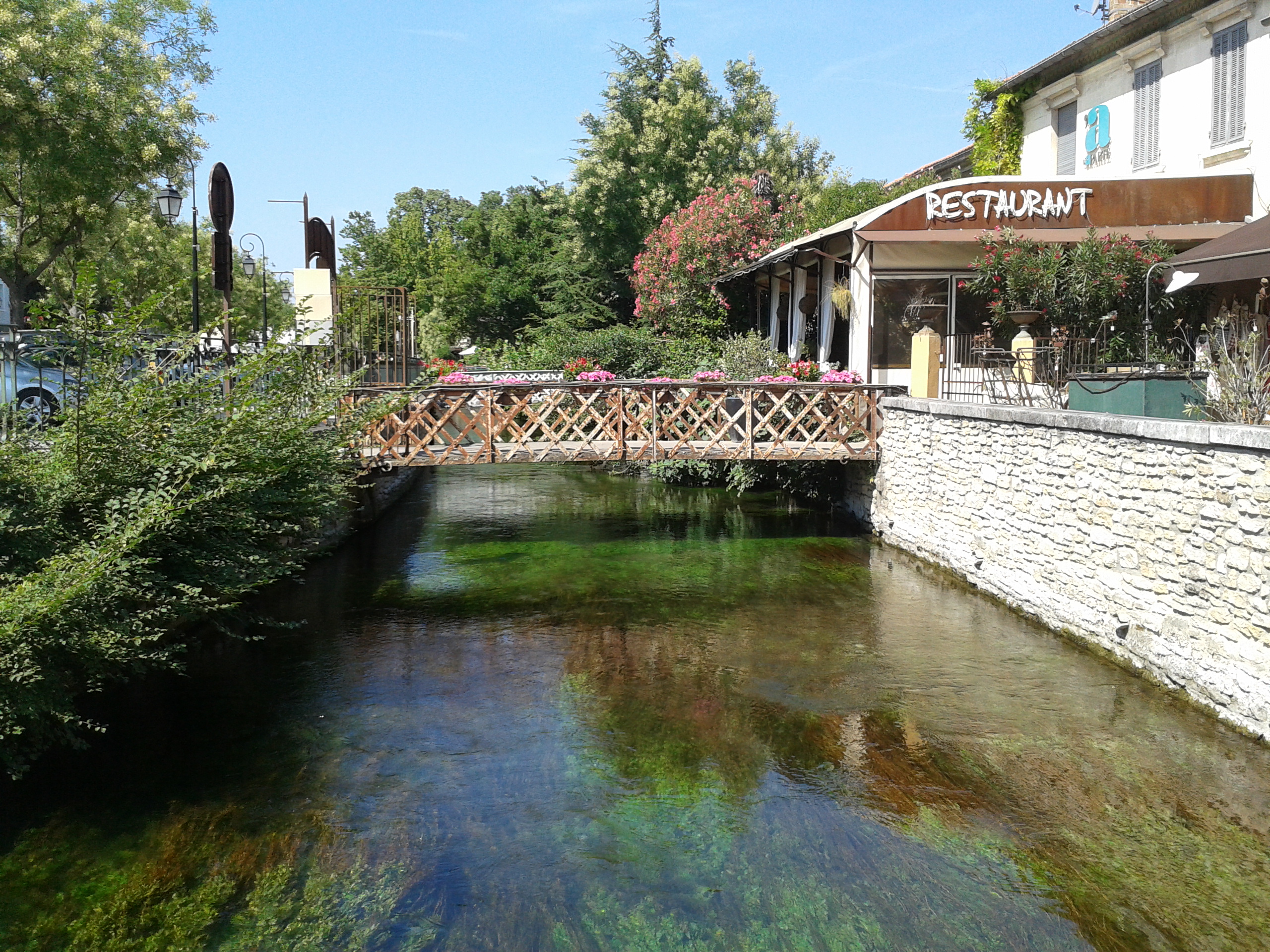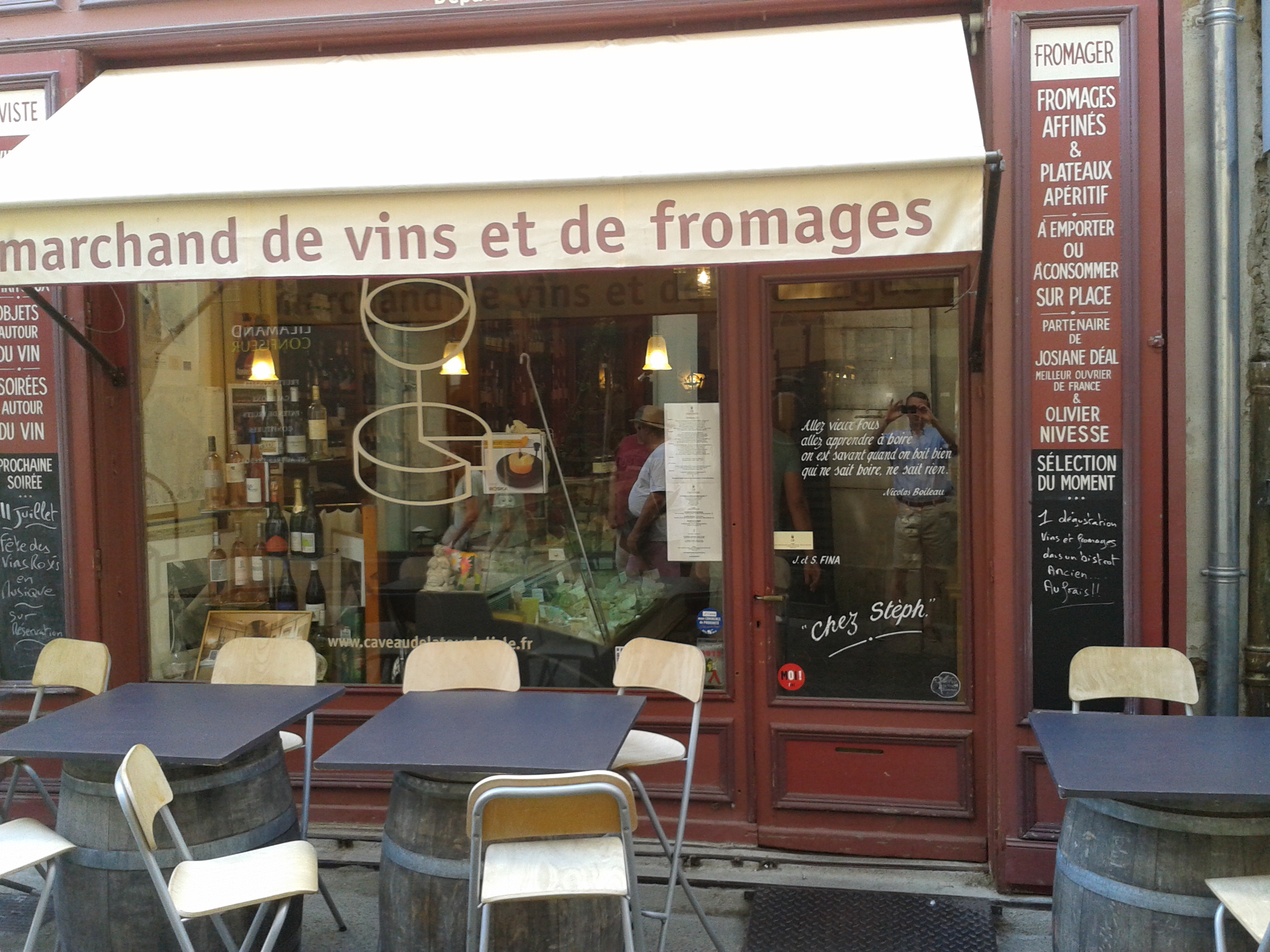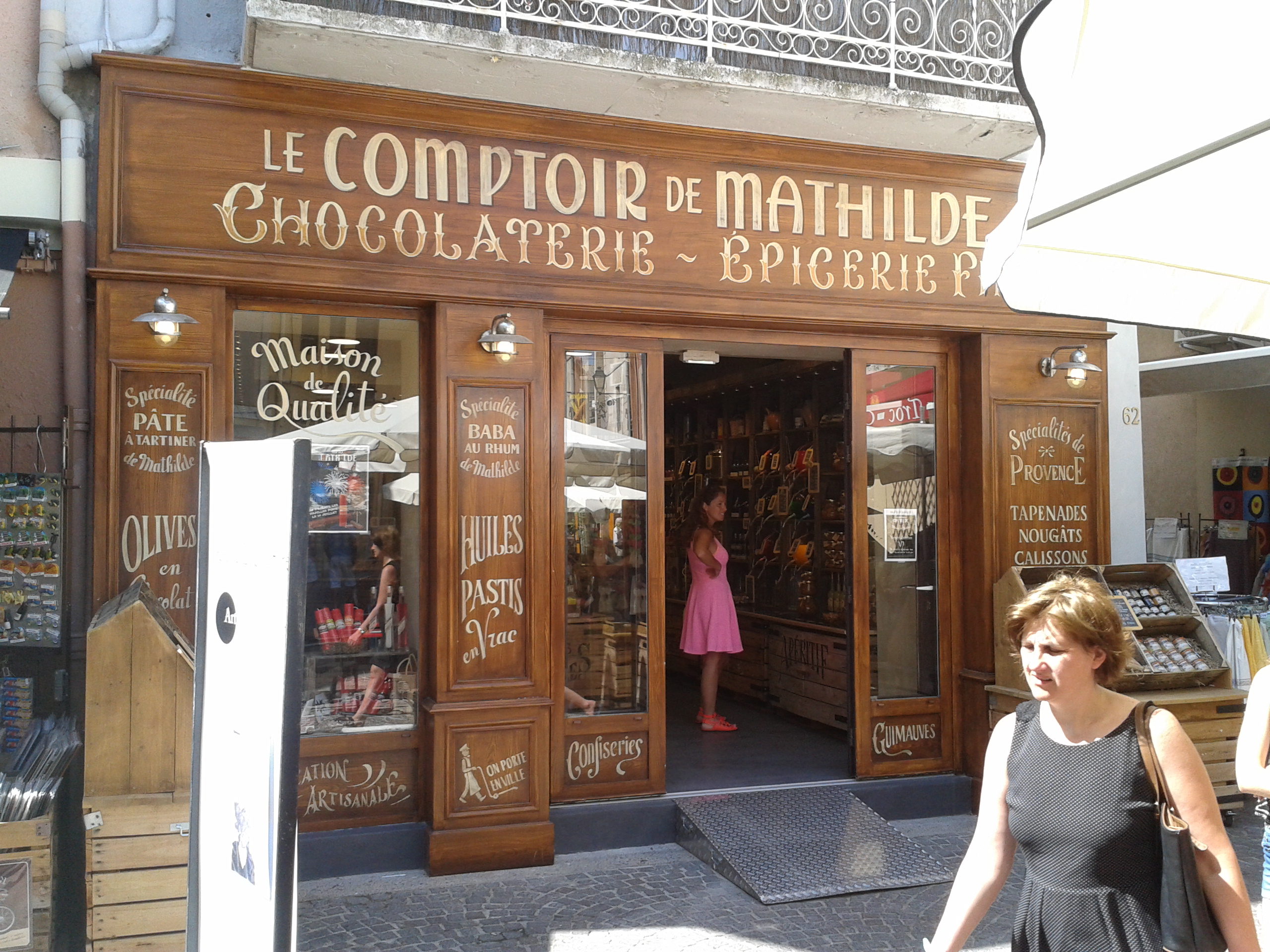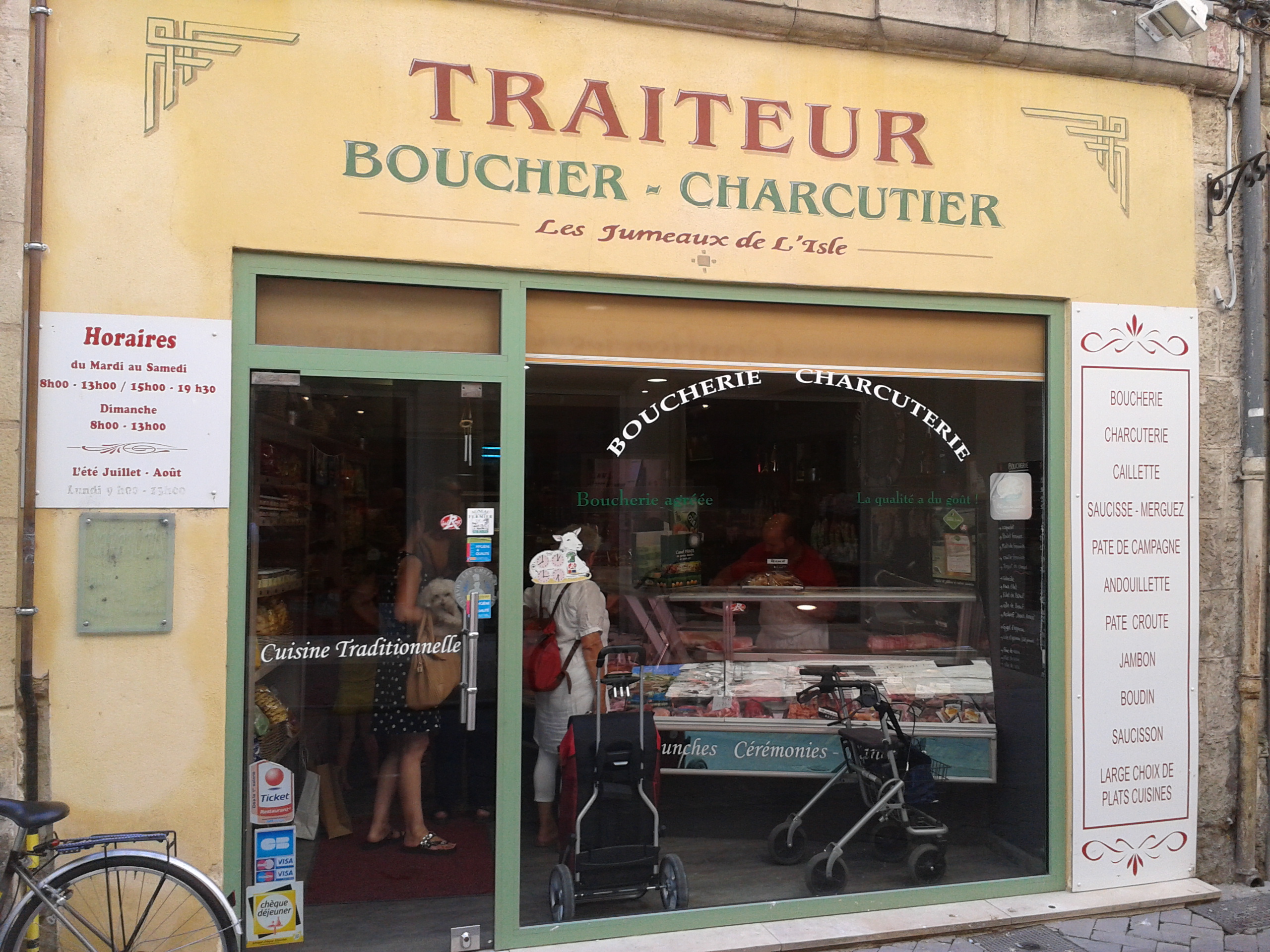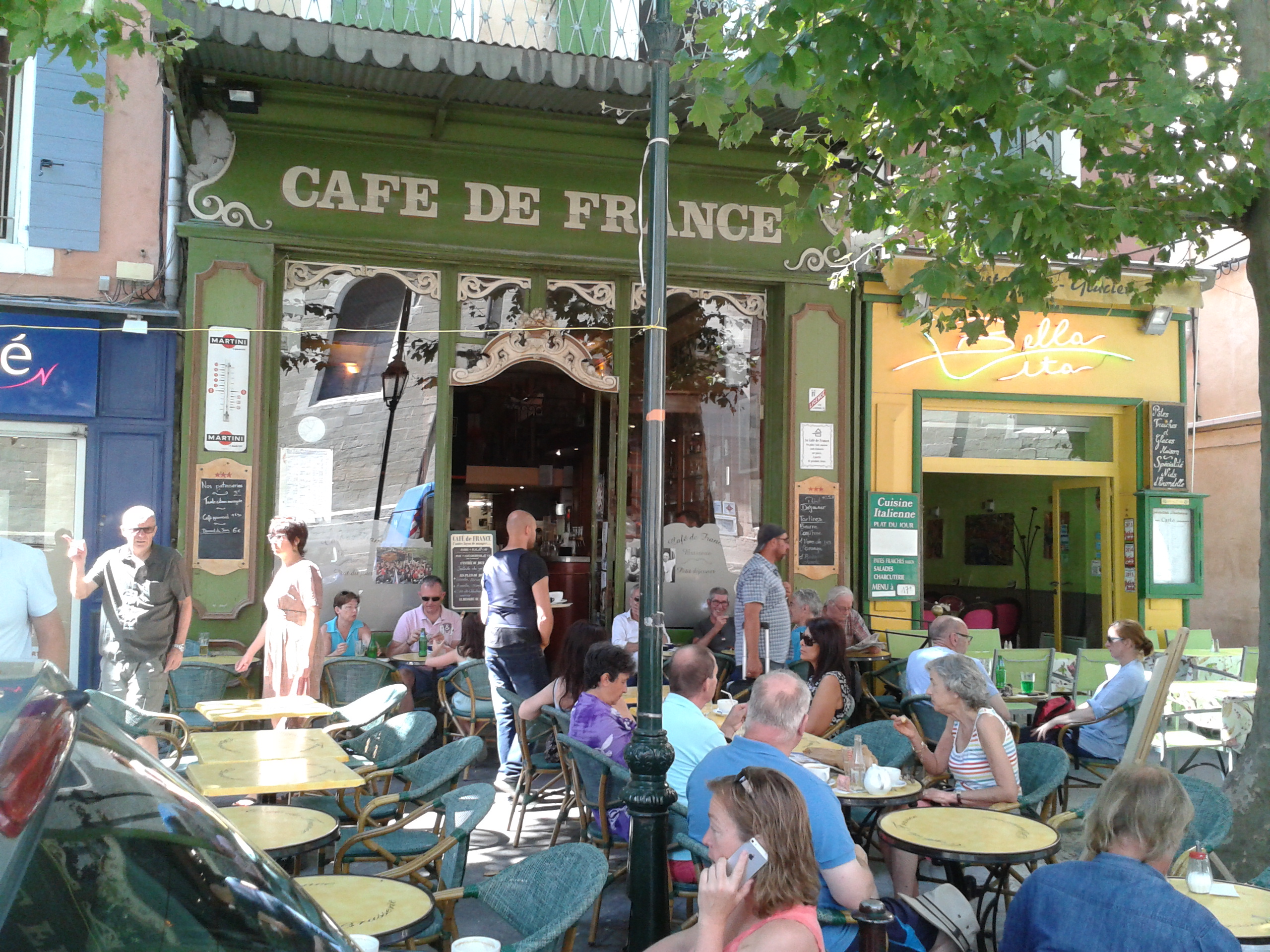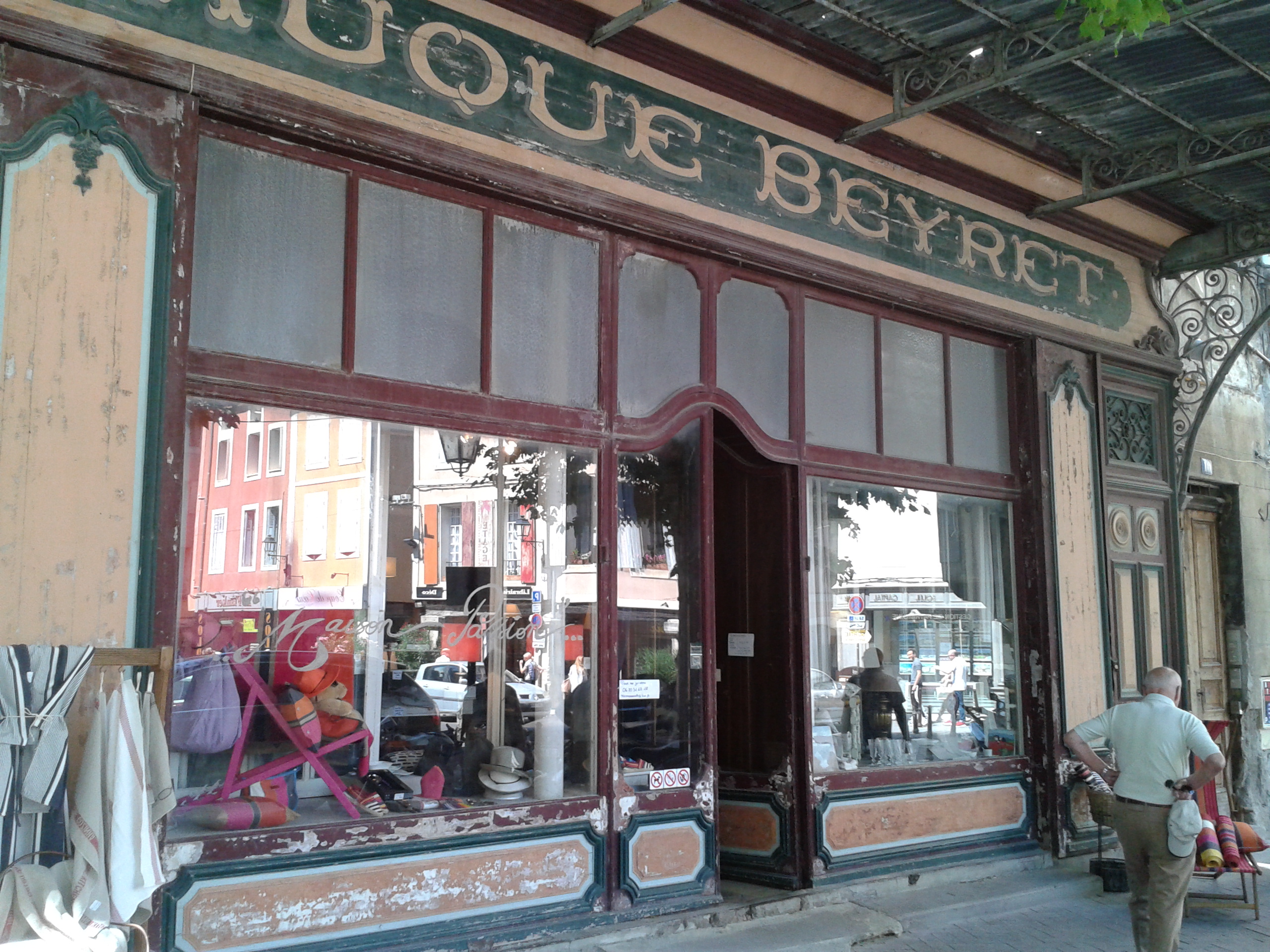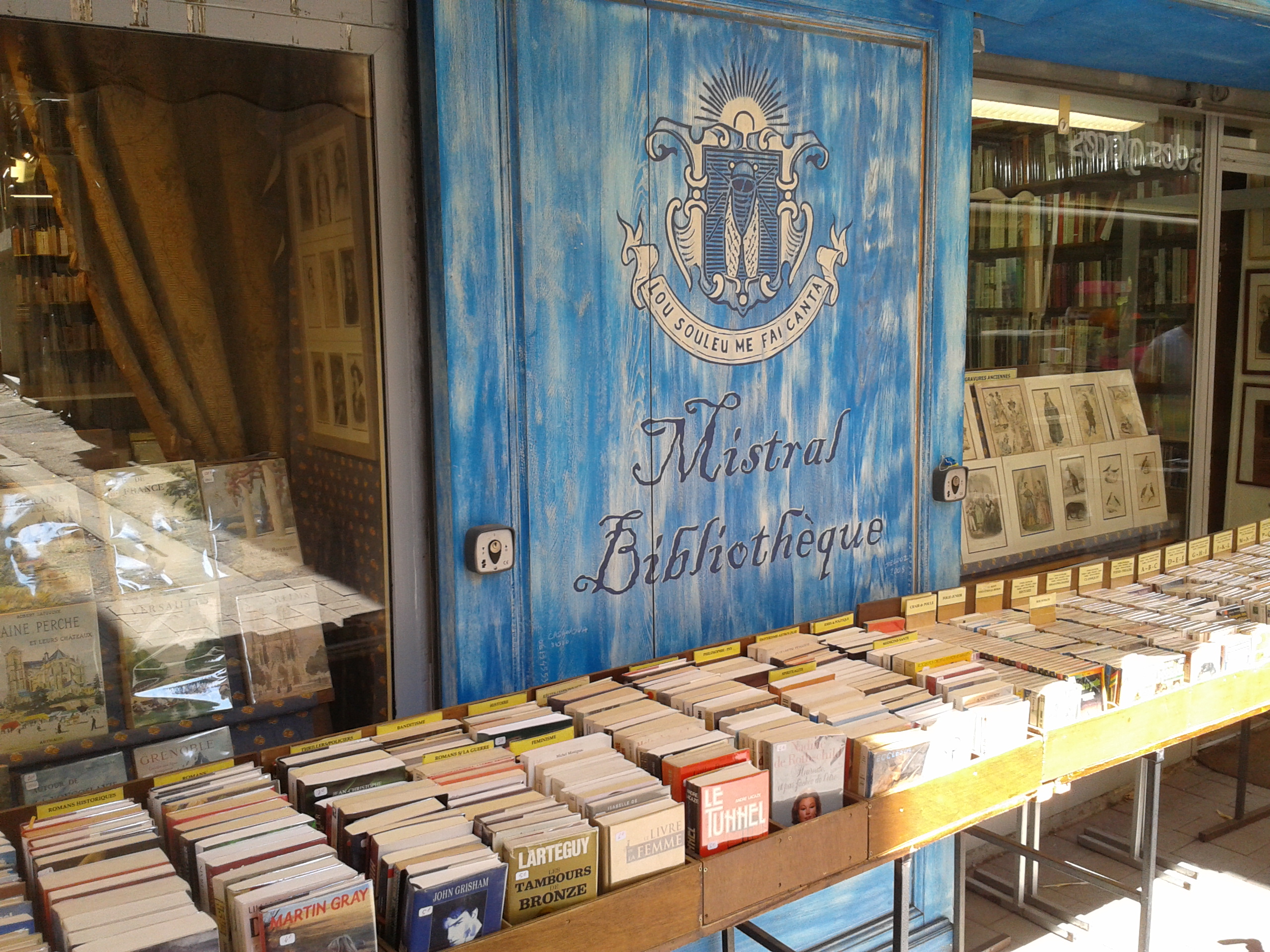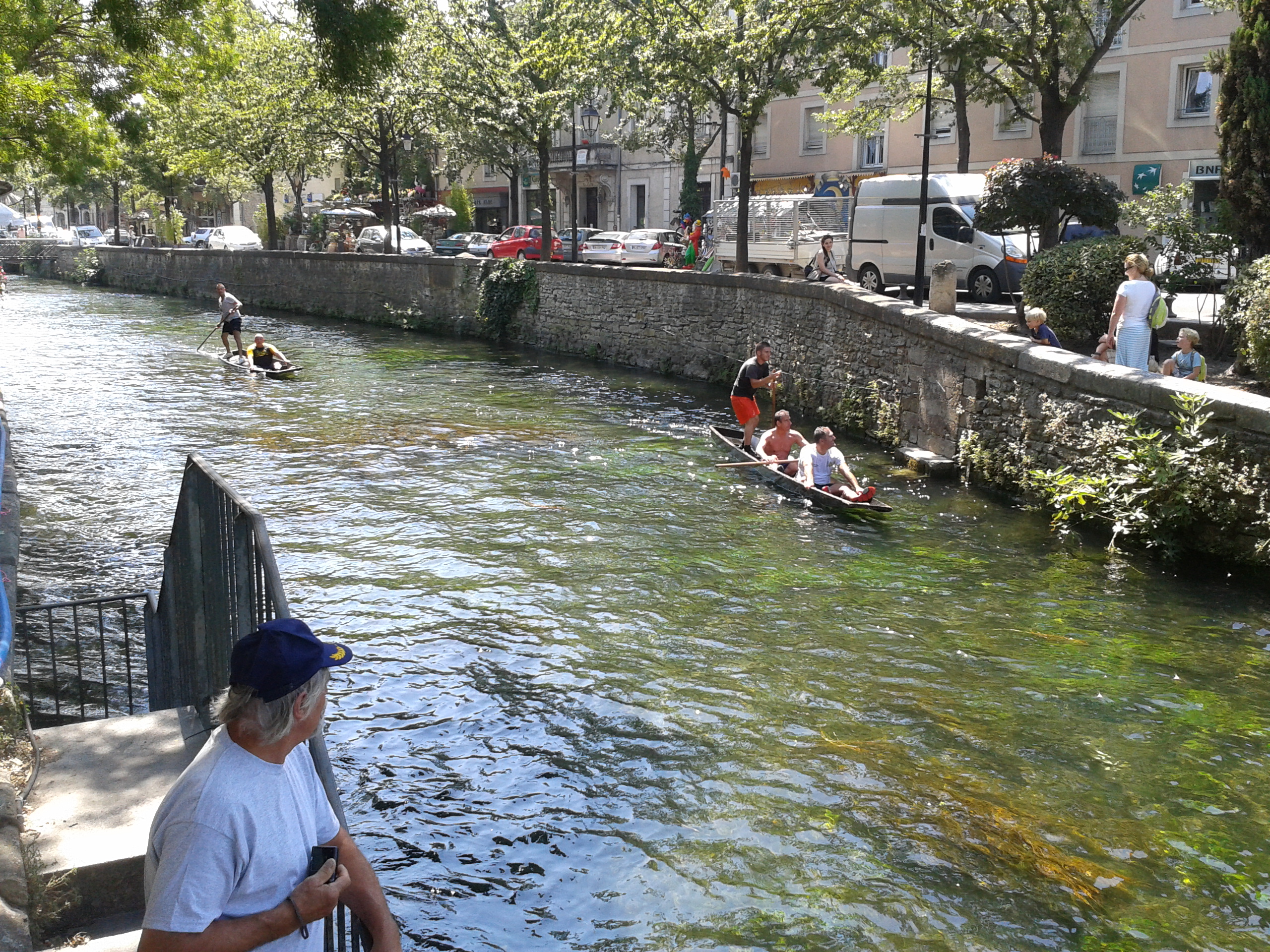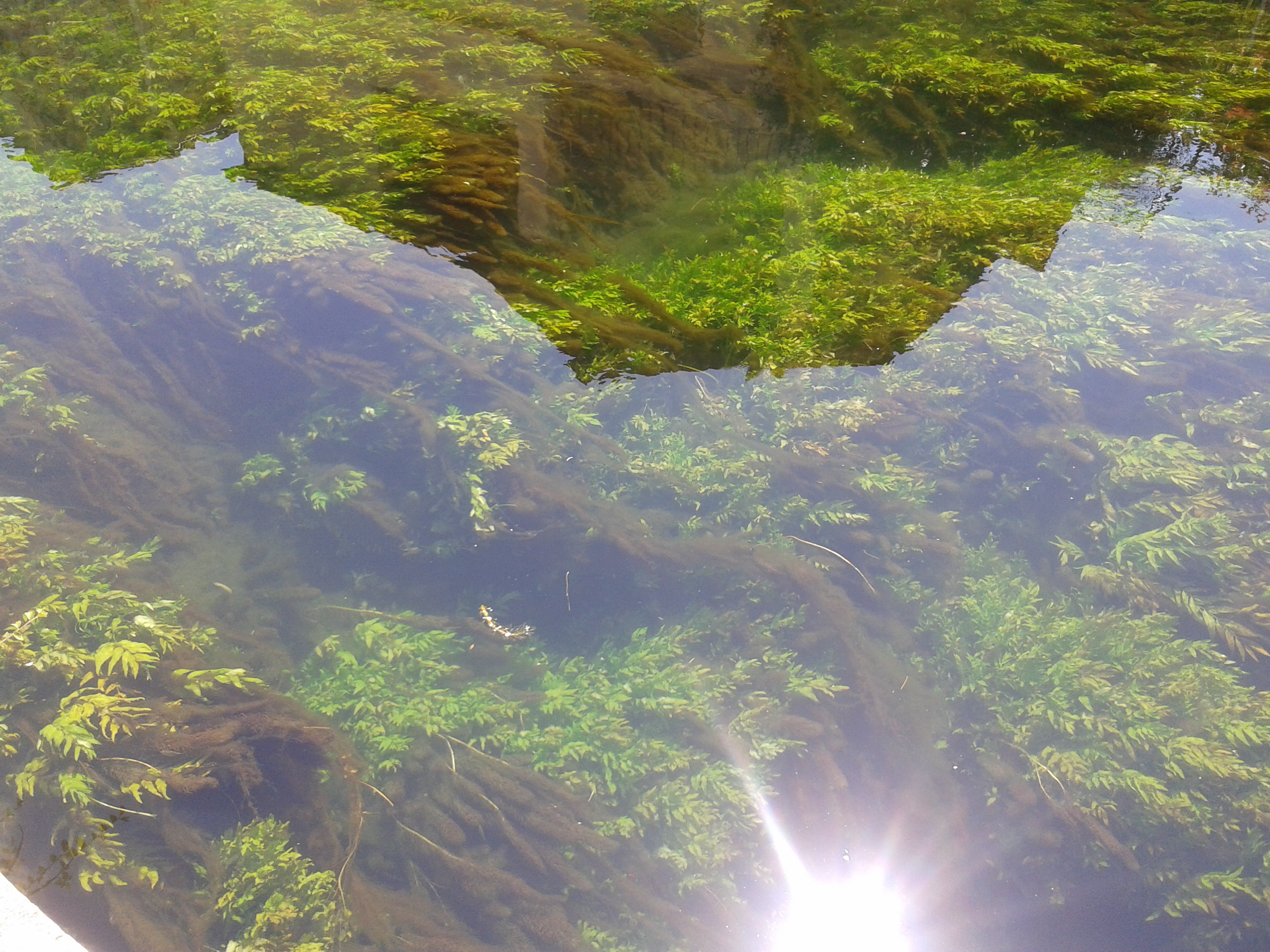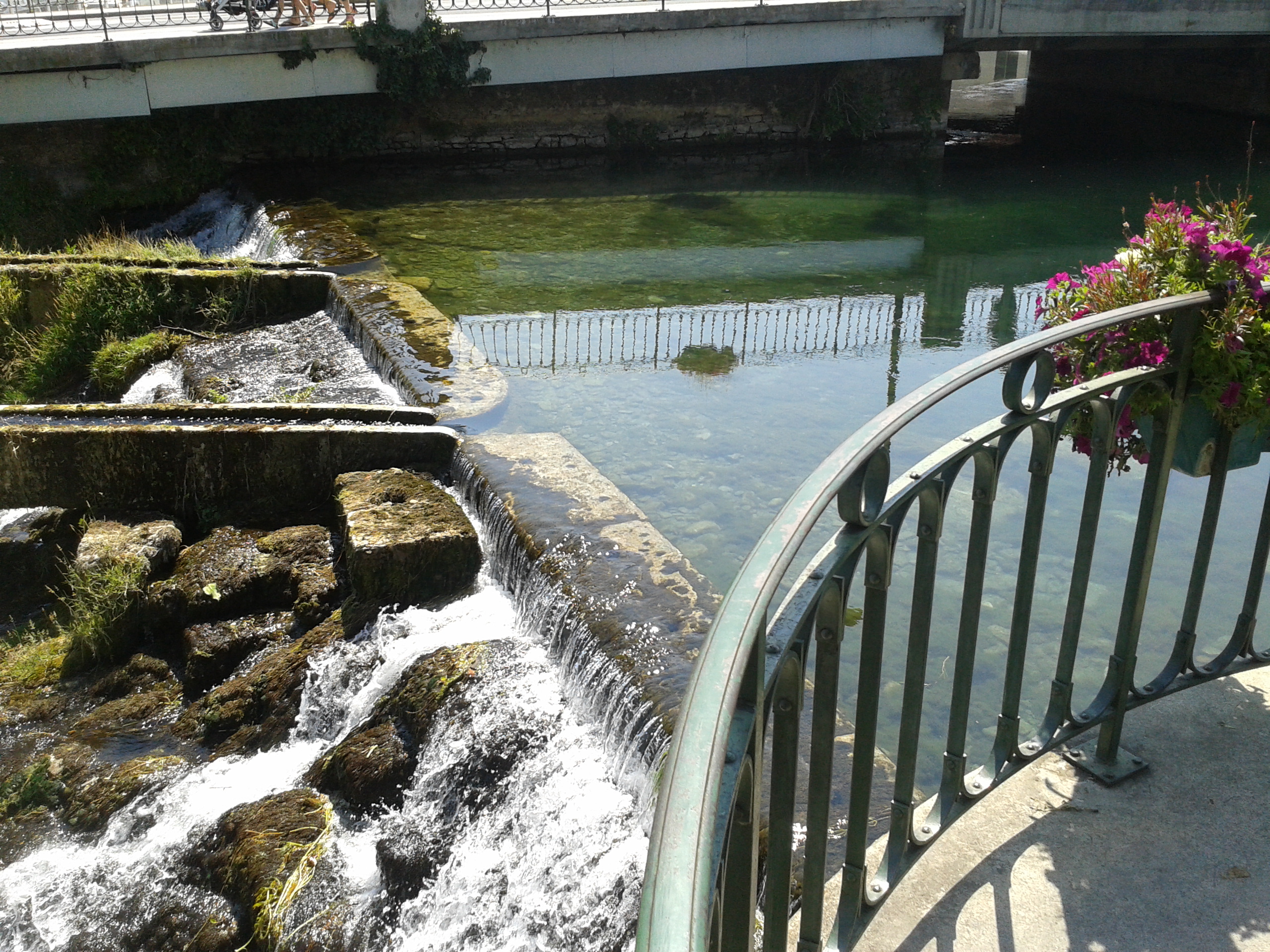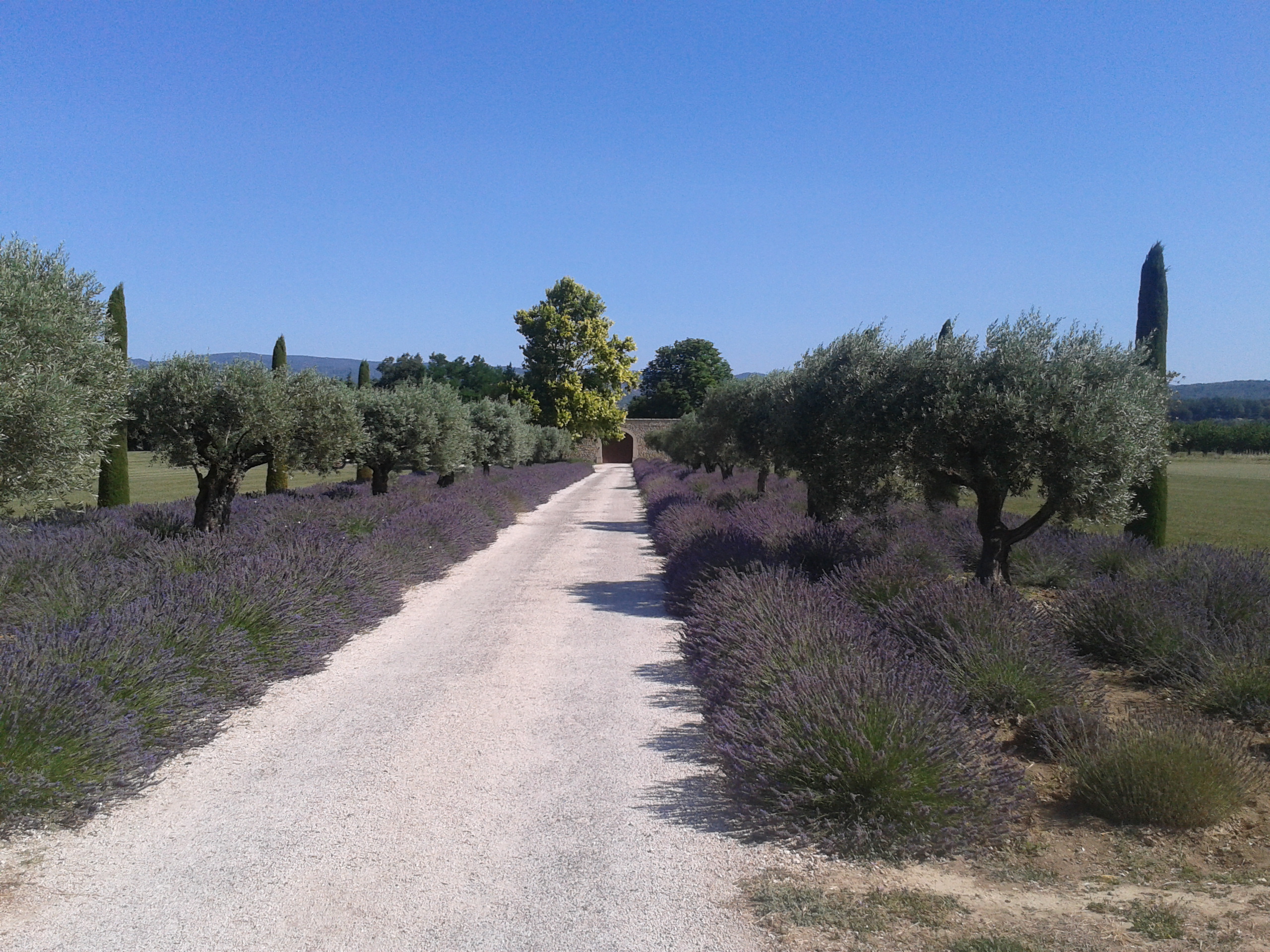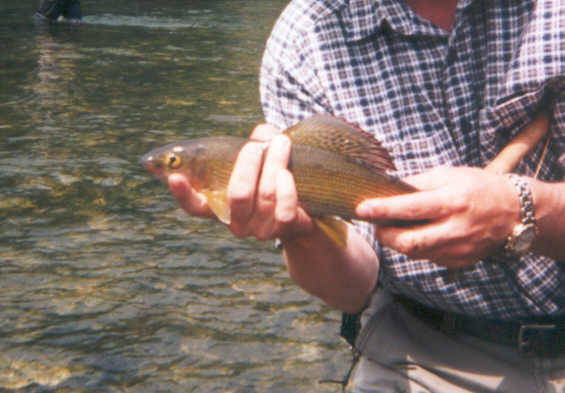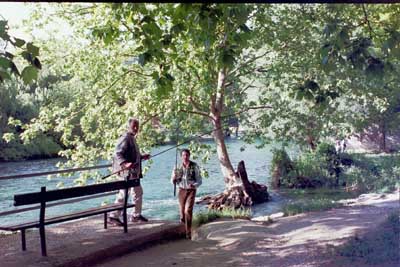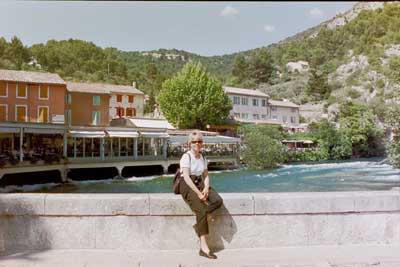|
FLY
FISHING IN PROVENCE
Sorgue, Ouvèze and cicadas...
by Tom Mann
*
The top of Mont Ventoux was covered in clouds as I drove
across the Plain of God on my way to the river Ouveze. It was
mid-morning and already hot. I turned off the highway onto a rocky one
lane track between two vineyards. The juicy-looking purple grapes
hanging down from the wires were tempting but I restrained myself. I
parked the car, strung up my rod, donned my Palladium sneakers and my
fishing vest, and paused to look at the water. It is very dry in
Provence this year, but the Ouveze still has some flowing water. Even
though the river flows through farmland for many kilometers, it is rich
in insect life. I turn over some stones and find many nymphs clinging
to them, and the eddies along the banks are covered with a scum of
spent mayfly spinners.
I take a few casts at chevesnes I see swimming in the main current, but
they all see me first and zip madly around the run seeking shelter. The
chevesne is a common European whitefish that is virtually inedible, and
thus manages to survive in France, a land where most of the palatable
creatures--even the songbirds—were long since eaten. Several
years ago, when fate conspired to deposit me in this delightful corner
of the world, where nearly all the local rivers are devoid of trout and
other familiar gamefish, chevesne became the mainstay of my fishing.
They’re spooky but they will take flies readily. Although they
feed constantly under the surface on tiny nymphs and emergers,
they’re best sight-fished with terrestials, including ants,
hoppers, crickets, cicadas, bees and beetles. They will strike
impulsively at the splat of a bug hitting the water. I’ve also
had success using damselfly nymphs in the deeper holes. About 200
meters upstream from the spot where I first entered the Ouveze, I get a
few good shots at some fish holding in a deep pocket under a fallen
tree, and I catch a nice one that turns to inhale my foam ant when it
hits the water. This fish is 40 cm. (16 inches), heavy-bodied and
thick. It doesn’t fight much and swims off quickly when I pull
out the barbless hook.
In the next few days, there are rains in the mountains and the water
levels in the Ouveze rise considerably. This is a good sign, and I make
a note to spend the late afternoon fishing under a Roman bridge in the
nearby town of Vaison la Romaine. On Tuesday morning market days in
Vaison, I always wriggle my way through the crowds of tourists, walk to
the middle of this bridge and look down on the big chevesnes holding in
the fast water below. The last time there were floods in this area,
every bridge over the Ouveze was washed out except this one, built
nearly two thousand years ago by the Romans. They wisely sited the
bridge where it could be anchored solidly on both ends in rock
formations. Later in the day, I park by the river in downtown Vaison,
rig up my rod, and walk out on the smooth light-colored stones under
the Roman Bridge. The water is very shallow here, except for a deep
channel under the bridge. I drift a damselfly nymph in front of the
biggest chevesnes holding in the current. One takes it and I strike.
The fish thrashes about, but I drag it up onto the wide shallow part of
the river bed and it immediately gives up the struggle, and lies there
waiting for me to unhook it. I repeat this routine several times. These
French fish really go for les demoiselles. Were there pods of brown
trout waiting to be caught in this same run, before the Romans fished
them out? I go home feeling satisfied, even if the fish were lowly,
inedible chevesnes.
The chilly river Sorgue is the only prime trout stream in the hot, dry
Mediterranean climate of Provence, and it also has the southernmost
population of grayling in Europe. It gushes out of a deep fissure under
the mountains in the picturesque town of Fontaine de Vaucluse. Not even
Jacques Cousteau could locate its underground source. Seven kilometers
downstream from Fontaine de Vaucluse, the Sorgue flows through the town
of L’Isle sur la Sorgue, a center for tourism and antiques with a
popular Sunday street market. It is an understatement to say that the
Sorgue is hard to fish. Our American ways of casting like a poster
person for A River Runs Through It just don’t work in it, despite
the presence of mayflies, caddisflies, and scads of scuds and
cressbugs. I tried to catch a trout in the Sorgue’s icy waters
for years without success, a fate shared by several famous American
anglers who will remain nameless. A senior French fly fisherman who
makes fishing vests tells me that fishing in “the Montana”
is like catching ducks in a barrel, and that we Americans are used to
trout that are too easy to fool. Good-naturedly, his son reminds me
that the French team won the 1998 world championship of fly fishing
when it was held in Big Sky Country. Once you admit defeat, the local
fly fishermen are willing to help you crack the secrets of the Sorgue.
The technique that works there is “dapping,” done by
dangling a weighted nymph (or a dry fly when there is a hatch on) in
front of a fish’s nose on a short line (a long leader tapered
down to 7X) with a ten foot rod. You watch the fish, and if it moves,
you strike. I have seen this technique work, and next year, I will try
again to catch a trout in the Sorgue.
Courtesy of Tom Mann for Gourmetfly.com. All rights
reserved. Tom is a keen American
writer and fly fisherman sharing
his time between Montana and Provence...
|
